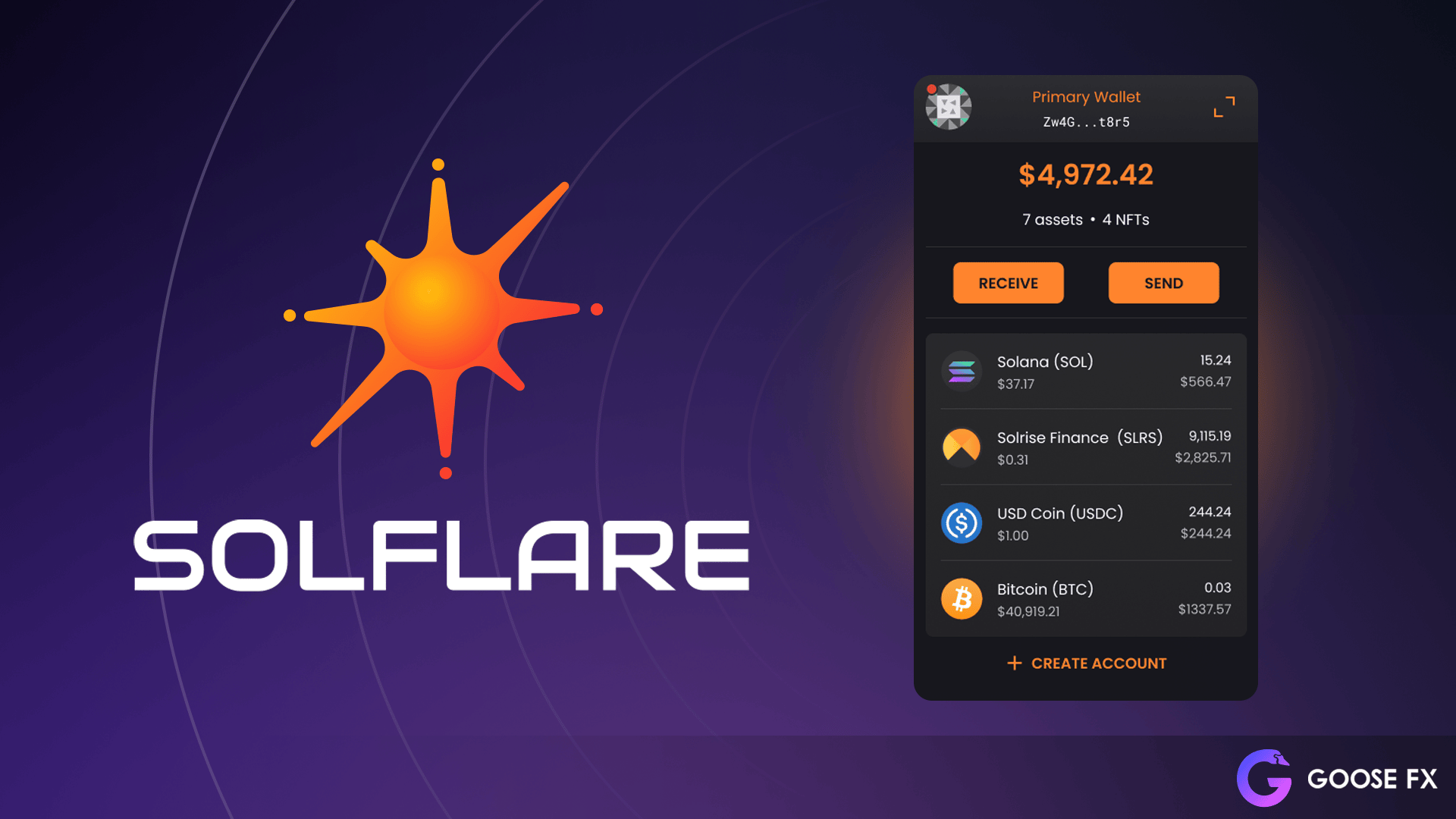Wow! Crypto wallets can be a maze sometimes. Seriously, I remember the first time I tried to look up a transaction history across multiple DeFi protocols—I was totally lost. It’s like, you know you own these assets, but where’s the record? Initially, I thought all wallets would just show you everything neatly, but then I realized the reality is way messier. Linking your activity, especially in the Solana ecosystem, takes a bit more finesse than just clicking a button.
Here’s the thing—tracking your transaction history, managing NFTs, and keeping tabs on your portfolio are all related but also kinda different beasts. And if you’re staking tokens or dabbling in DeFi on Solana, you want a wallet that doesn’t just hold your funds but also helps you keep your sanity.
Now, I’m not 100% sure if everyone realizes how much this matters until you’re knee-deep in dozens of transactions. My instinct said, “There’s gotta be a better way,” and that’s when I stumbled on some solid tools that made me rethink what a wallet can do.
Check this out—when you’re using a wallet like the solflare wallet, it’s not only about security (though that’s very very important). It’s also about how it organizes your entire crypto footprint, from NFTs to staking rewards, in one place. Hmm… that’s actually a game changer.
Okay, so let’s dive into transaction history first. If you’re new-ish to crypto, you might just glance at your wallet balance and call it a day. But for anyone who’s been around, you know that each transaction tells a story—buy, sell, swap, stake, claim rewards, and so on. I remember a time when I tried to reconcile my wallet activity for tax purposes. It was a nightmare. Transactions were scattered, dates mismatched, and some even missing. Seriously?
The problem here is that many wallets are just interfaces to your keys—they don’t necessarily track or display all your activity comprehensively. Some transactions happen off-chain or through smart contracts that aren’t immediately obvious in your wallet’s UI. On one hand, block explorers help, but actually piecing that info together is tedious. On the other hand, wallets like Solflare have made strides in integrating transaction history more intuitively, which saves a ton of headache.
Here’s where a wallet’s backend shines. If it can pull together your complete transaction ledger, including staking rewards, NFT mints, and swaps done through different decentralized exchanges on Solana, that’s huge. But actually building that kind of seamless experience is tricky because of how decentralized systems work by nature.
And then there’s NFTs. Honestly, this part bugs me a bit. NFTs exploded, but managing them inside wallets has been patchy. Some wallets show thumbnails, others just display token IDs. Without proper management, you can forget what you own or worse, accidentally send an NFT to the wrong address. My first NFT purchase felt like holding a digital mystery box—pretty cool but also kind of confusing.
With wallets like the solflare wallet, you get an interface that not only displays your NFTs but also categorizes them, sometimes even showing metadata and provenance. It’s like having a mini gallery in your pocket. This makes me wonder why more wallets don’t take this seriously, especially given how valuable some NFTs have become.

Portfolio tracking is another kettle of fish. It’s one thing to see your wallet balance in SOL; it’s another to understand how your portfolio is diversified across tokens, staking, and NFTs. I used to jump between different apps and wallet views, trying to sum it all up manually. Ugh. Talk about a chore.
What’s fascinating is how some wallets now integrate portfolio tracking directly. They pull real-time pricing, calculate your asset allocation, and even project staking yields. This turns your wallet into a personal dashboard for your crypto empire. (Oh, and by the way, this is not just about vanity metrics; it helps you make smarter decisions.)
Initially, I thought I’d need a separate portfolio app, but wallets like Solflare blur that line. In fact, using the solflare wallet made me realize how much time I’d wasted juggling between platforms. The convenience factor is no joke.
But I gotta admit one thing: no solution is perfect. Sometimes syncing delays or minor UI quirks leave you wondering if you’re really seeing the full picture. Is that staking reward actually reflected? Did that NFT transfer go through? Those lingering questions are real. Though, wallet developers are improving fast, so I’m hopeful.
Why Transaction History, NFT Management, and Portfolio Tracking Matter Together
Think about it—your transaction history isn’t just a list of past actions; it’s the backbone for accurate portfolio tracking and NFT management. If your transaction log is incomplete or unclear, your portfolio numbers might be off. That can lead to bad decisions, like selling too early or missing staking rewards. Seriously, I’ve been there.
Also, NFTs add complexity because they’re non-fungible, but they still represent value. Ignoring them means ignoring part of your net worth. And since NFTs can be staked or used in DeFi protocols, their management overlaps with transaction history and portfolio tracking even more. It’s a web, not isolated silos.
Here’s a personal note: I’m biased toward wallets that embrace this complexity rather than oversimplify it. The solflare wallet is one I trust because it gets that. It doesn’t just hold your crypto; it helps you understand it.
Still, I’m curious—how will wallets evolve as DeFi and NFTs get even more intertwined? Will transaction histories become richer, showing not just what you did but why, like annotations or smart summaries? That’d be neat. Something to keep an eye on.
Frequently Asked Questions
Can I see all my Solana transactions in one place?
Yes, wallets like the solflare wallet aggregate your transaction history, including staking, swaps, and NFT activity, making it easier to view everything in one interface instead of hopping between explorers.
How does NFT management work inside a crypto wallet?
Some wallets display your NFTs with images and metadata right inside the app. This helps you keep track, showcase, and transfer your NFTs safely without needing third-party platforms.
Is portfolio tracking reliable within wallets?
It depends on the wallet’s integration with pricing data and blockchain syncing. The solflare wallet offers real-time portfolio tracking that updates your holdings and staking rewards, though occasional syncing delays can happen.
